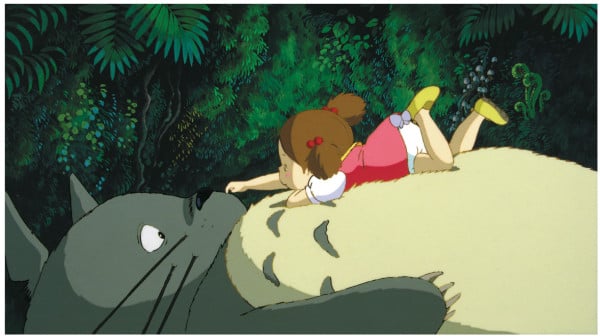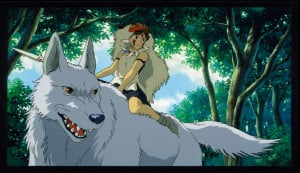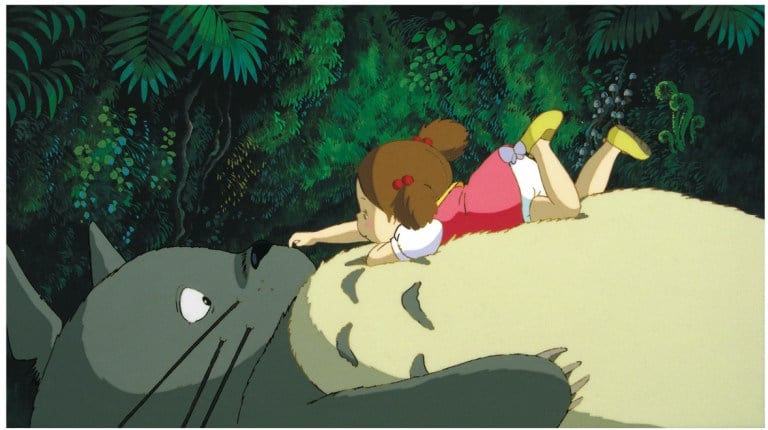
This past Wednesday, The Graphic Narrative Project, Stanford Humanities Center and the Center for East Asian Studies hosted a talk about the worldwide appeal of legendary Japanese animator Hayao Miyazaki. Miyazaki and his works have evolved into pop culture phenomena not only in Japan, but also in the West, boasting a slew of iconic, enormously popular characters. The two guest speakers, Frederik L. Schodt and Beth Cary, are the translators behind “Starting Point: 1979-1996” and “Turning Point: 1997-2008,” two volumes of compiled interviews and essays by Miyazaki himself. While translating these works, the duo explored the different facets of Miyazaki’s persona and connected them with the themes portrayed in his animated works.
Schodt and Cary discussed the process of translating Miyazaki’s books, which involved getting into the head of the Japanese animator himself. To do so, the duo visited the Ghibli Museum in Mitaka (a city located in the Tokyo Metropolis of Japan). The museum’s slogan, “Let’s get lost together,” reflects Miyazaki’s belief in an unmanaged world — he wants children to be carefree and to lose themselves in his works and his imagination.
Miyazaki is characterized as a fiercely opinionated, politically outspoken, imaginative and hardworking individual. Unlike many directors, Miyazaki himself is an artist, originally creating “Nausicaa of the Valley of the Wind” as a manga before transforming it into an animated film. Miyazaki, a modern-day Renaissance man, is actively involved in every step of the animation process, from storyboarding to scriptwriting.

Miyazaki’s films are loose and spontaneous, in part due to Miyazaki’s penchant for pencil-drawn animation. Pencil-drawn animation has a gestural and dynamic quality to it because artists can be more expressive and varied with their lines. “The audience has more to interpret and fill in with their imagination,” Cary notes, citing Studio Ghibli film “The Tale of the Princess Kaguya” as an example of pencil-and-paper animation.
Themes of self-actualization and ecology feature prominently in Miyazaki’s works. Coming of age stories like “Kiki’s Delivery Service” and Academy Award-winning “Spirited Away” portray young female protagonists as they struggle to find themselves in unfamiliar settings. Other works, such as “My Neighbor Totoro” and “Princess Mononoke,” draw influence from Japanese spiritual beliefs regarding the veneration of nature. Miyazaki frequently employs flying machinery to move his characters through the whimsical settings he creates. In his latest film, “The Wind Rises,” Miyazaki modifies and repurposes the aesthetic of Japanese Zero fighter planes, infusing his own romantic, sentimental touch to these machines.
By incorporating flight and fantastical elements into his animation, Miyazaki hopes to offer viewers a respite from reality. As Schodt and Cary can attest to, Miyazaki’s ubiquity as an artist and as a pop culture icon is undeniable.
Contact Eric Huang at eyhuang ‘at’ stanford.edu.
